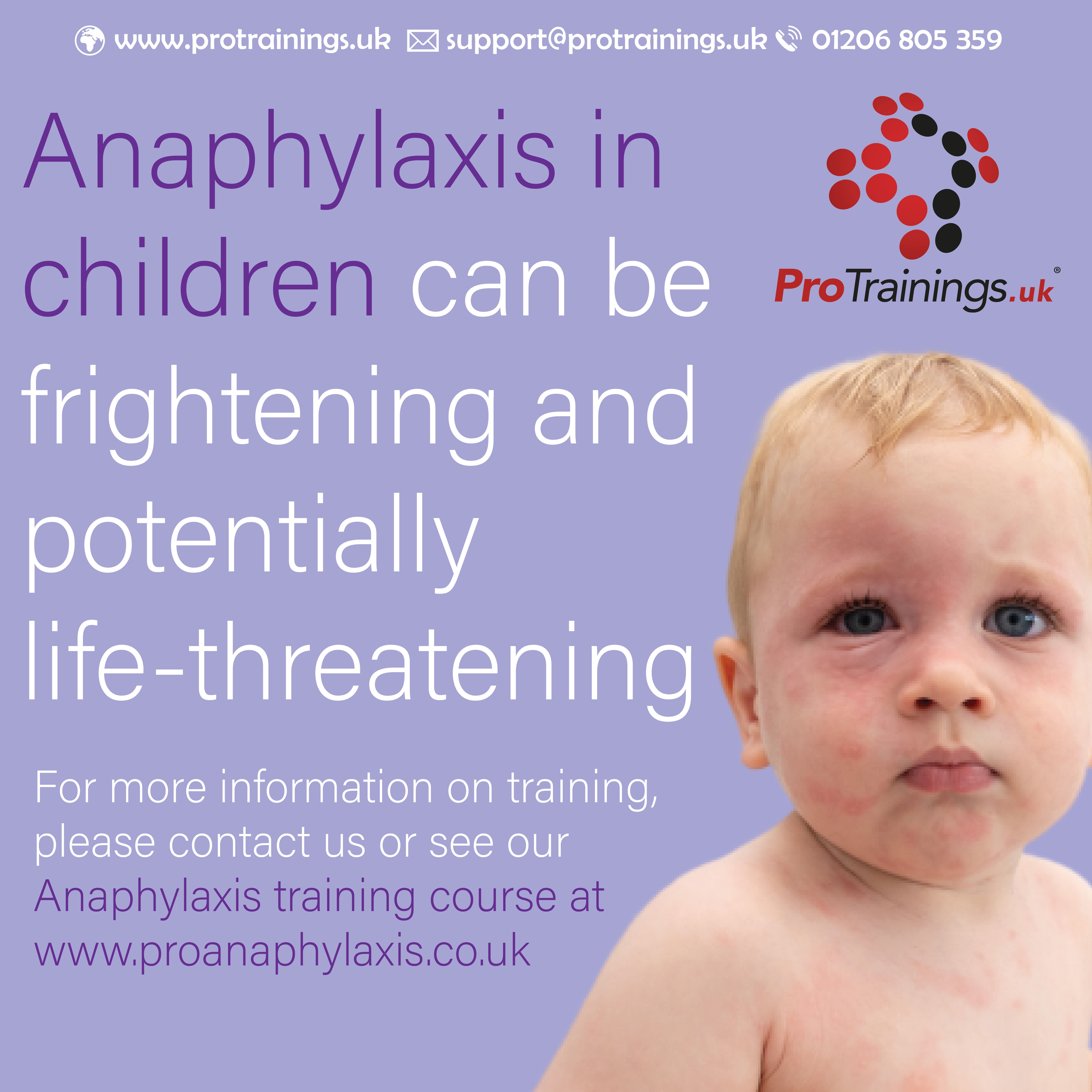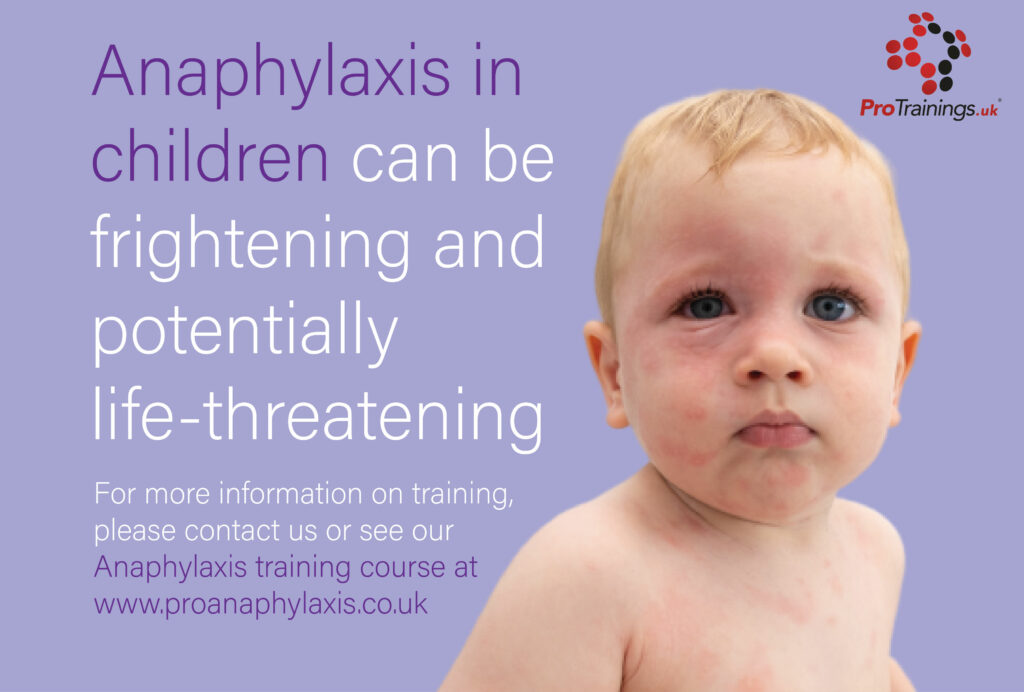
While anyone can experience anaphylaxis, it is more common in children and can be triggered by various allergens. Food allergies are the most common cause of anaphylaxis in children, with peanuts, tree nuts, shellfish, and milk being among the most common culprits. Insect stings, medication, and latex can also trigger anaphylaxis in some children.
It is important for parents to be aware of the signs and symptoms of anaphylaxis and to have a plan in place in case their child experiences an allergic reaction. This may include carrying epinephrine injectors, also known as epi-pens, which can provide immediate relief from symptoms and buy time until medical help arrives.
If a child is experiencing anaphylaxis, it is crucial to act quickly and seek emergency medical attention. The first step is to administer the epi-pen if available and call 911. The child should be placed in a comfortable position, such as lying down and monitored closely for any changes in their condition. It is also important to remove any potential allergens from the area and to provide the child with any necessary medication, such as an inhaled bronchodilator if they are having difficulty breathing.
Parents can help prevent anaphylaxis by identifying and avoiding potential allergens. This may involve reading food labels carefully and avoiding foods that contain known allergens, as well as being cautious about exposing children to insects and other potential triggers. It is also important for parents to educate their children about their allergies and how to avoid potential triggers.
If a child has a history of anaphylaxis or is at high risk for developing allergies, it may be necessary to have an action plan in place. This plan should be discussed with the child’s doctor. It may include carrying epi-pens, wearing medical alert jewellery, and regularly checking in with the child’s allergist to monitor their condition and update their treatment.
For more information on training, please contact us on 01206 805359 or email support@protrainings.uk or see our Anaphylaxis training course at www.proanaphylaxis.co.uk
